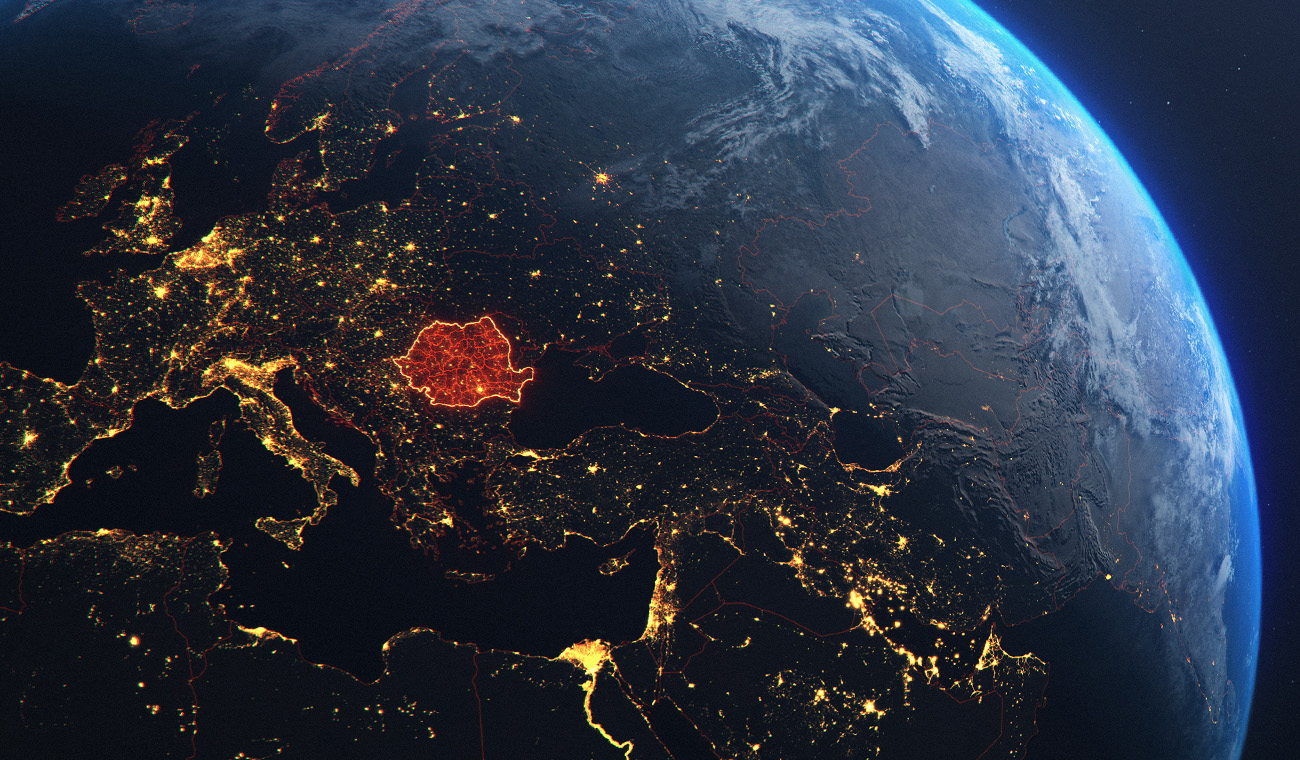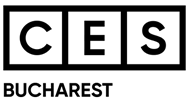2024 Outlook for Romania: The Good News, in all Turmoil
Romania, along with Ireland, reported the highest economic growth in the EU in Q2 of 2023. The Romanian National Institute of Statistics (INS) announced that the economy grew by 1.7% in H1 of 2023 to a total of 695 billion RON, out of which 443 billion RON was consumer spending by the population and RON 153 billion was investment in the economy. Of the total amount, 571 billion RON was final consumption, of which 443 billion RON was consumer spending by the population.
Net exports of goods and services made a negative contribution to GDP formation, with a minus of 29 billion RON. In terms of resources, industry contributed 150 billion RON to GDP formation, while trade and transport contributed 145 billion RON. The IT&C sector contributed 51 billion RON and public administration, education and health 96 billion RON. In total, the gross added value was 628 billion RON.
In Q2 of the year, the economy grew by 1% on the gross series, compared to the same quarter of 2022, to 377 billion RON, and by 2.6% on the seasonally adjusted series. On a six-month basis, the economy’s growth on the adjusted series was 1.9%.
In terms of resources, industry contributed 20.9% and trade and transport 20.5%. The IT&C sector contributed 7% and public administration, education and health 13.1%. In total, the gross added value contributed 91.3% to GDP formation. Net taxes on products generated the remaining 8.7%.
A Short Outlook
Romania has been a top performer among emerging economies in recent years, although periods of economic overheating have sometimes caused concern. Over the last 20 years, the average annual real GDP growth has been +3.8%, well above the averages of the EU Member States. However, the global crisis caused by Covid-19 significantly affected Romania’s economy in 2020 (-3.7% contraction) which rebounded strongly with output growth of +5.9% in 2021.
Though, Romania’s economic prospects have deteriorated since the beginning of the war in Ukraine. This is primarily due to dependence on energy imports from Russia and the impact of the sanctions adopted by the European Union against Russia (e.g. rising inflation and a possible energy crisis). The disruptions caused by the war on energy imports from Russia have worsened growth prospects, particularly for the euro area, and may cause further damage.
Last year, Romania ranked 12th among the 27 EU Member States in terms of GDP expressed in euros, according to data published by Eurostat (the European Commission’s statistics body). With a value of around €286 billion, Romania was ahead of the Czech Republic (€277 billion), Finland (€267 billion), Portugal (€239 billion) and Greece (€208 billion), which were ahead of Romania seven years ago.
Romania`s share has risen over the past seven years from 1.3% to 1.8% of the EU total, with the three largest economies, Germany (almost a quarter), France (about a sixth) and Italy (about an eighth) accounting for more than half of the EU’s GDP.
Romania has seen a 78.4% increase in nominal GDP in euro terms between 2015 and 2022.
It is also worth noting the trend of an increase in total budget revenue in 2023 compared to 2022 of the amounts coming from the EU, which will make a positive contribution to economic growth in the coming period, as European money is a source of funding that relieves the national budget and a means of implementing reforms in line with the European agenda.

Multiple Pressure Factors
According to economic analysts, budgetary consolidation measures and high interest rates are the main risks for the Romanian economy. Moreover, high interest rates, which remain at 7%, will put pressure on household incomes and purchasing power.
New risks have also arisen from the Israeli-Palestinian conflict, which has led to an increase in oil prices. And rising oil prices affect many sectors of the global economy. Rising oil prices will put inflationary pressure on major economies, the US economy, the EU economy, just as the US economy was starting to recover. Moreover, the war will generate a new wave of refugees who will have to settle somewhere.
What happens in the Middle East very rarely stays only in the Middle East. There are deep, regional and even global implications. And the economy is a viable body, the economic outlook is deteriorating all over the world.
The overall EU economy has entered a much more difficult phase. The shocks triggered by Russia’s war of aggression against Ukraine are affecting global demand and reinforcing global inflationary pressures. The EU is among the most exposed advanced economies because of its geographical proximity to the war and its heavy dependence on gas imports from Russia.
Romania has high shares of total expenditure on wages and social assistance. With large deficits singling us out in the European space, risk aversion increases and investors will penalise countries with large imbalances. And all these trends have an impact on fiscal and budgetary policies, not least on companies.
Last year, however, economic growth was expected to gradually recover by 2024, averaging 1.6% in the EU and 1.5% in the eurozone.
After a strong 2022, Romania’s economy is expected to slow, with real GDP growth of around 2% in the coming years, due to higher inflation, tighter financial conditions and the consequences of Russia’s war of aggression against Ukraine.
And while disruptions in supply chains are expected to continue through 2023, their persistence over a longer period of time becomes a risk to the evolution of the global economy.
If higher prices are maintained for a longer period of time, there is a risk of reduced economic growth, squeezed profit margins and eroded purchasing power. At the same time, inflation is also fuelled by the channels through which higher costs are passed on from the producer in final prices to the consumer.
In addition, high prices of imported goods put additional pressure on the current account.
The Good News
The good news is that there is also scope for higher than expected economic growth supported by the faster materialisation of reforms and investments foreseen from EU funds, notably in the NRRP, with a positive impact in mitigating global shocks.
The International Monetary Fund (IMF) has downgraded its growth estimates for the Romanian economy this year to 2.2% from 2.4% as estimated in April. According to the IMF’s latest forecast, the Romanian economy will slow from 4.7% in 2022 to 2.2% in 2023, before accelerating to 3.8% next year. In April, the IMF estimated Romania’s GDP growth at 3.7% in 2024. For 2028, the IMF forecasts a 3.7% growth of the Romanian economy.
The world economy continues to recover in the wake of the pandemic, Russia’s invasion of Ukraine and the 2022 energy crisis, but growth trends are increasingly diverging globally and the medium-term outlook is “mediocre”, according to IMF analysis.
According to the IMF, the global economy is showing resilience, one that has lagged and is not yet accelerating.
For its part, the European Bank for Reconstruction and Development (EBRD) estimates that Romania will see economic, GDP growth of 1.8% this year, 0.7 percent less than the 2.5% the bank forecast in May, with inflation and external economic instability as main causes. South-Eastern Europe, where Romania is included along with Greece and Bulgaria, will grow by just 2%, compared with 4.9% in 2022. Last year, Greece had economic growth of 5.9% of GDP, Romania 4.7% and Bulgaria 3.4%. Romania, on the other hand, is still facing problems in maintaining its budget deficit at the level initially negotiated with the European Commission, 4.7%, and it could approach or even exceed 6%.







